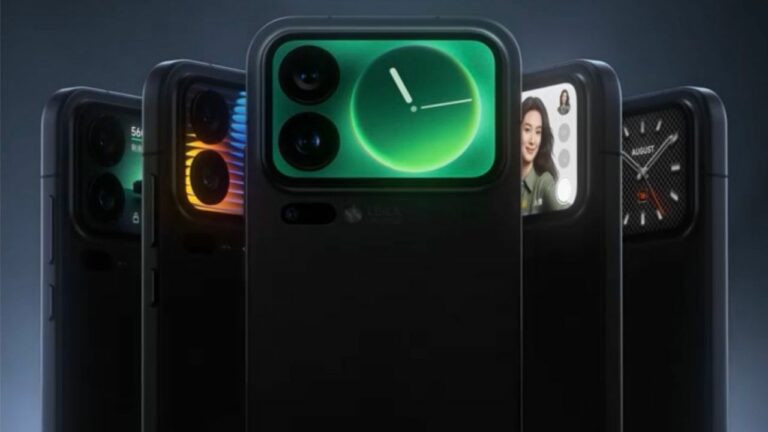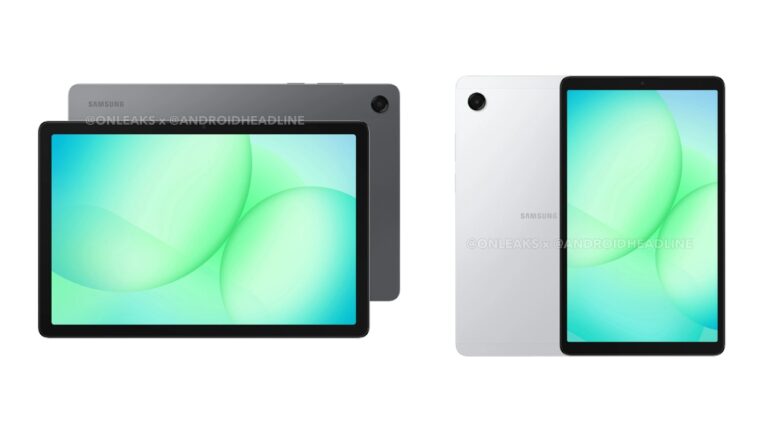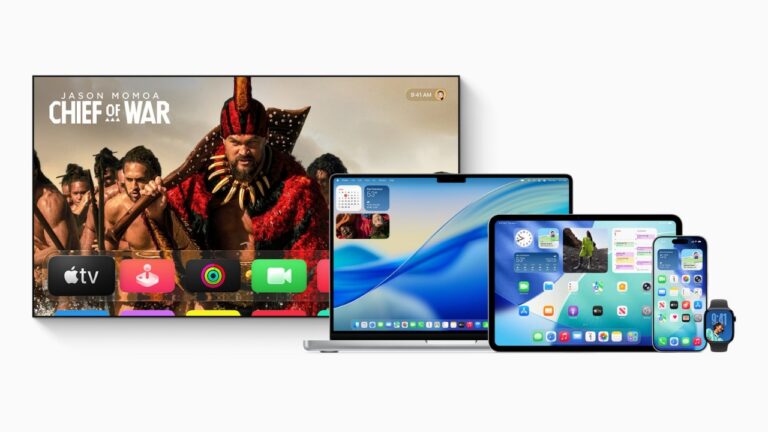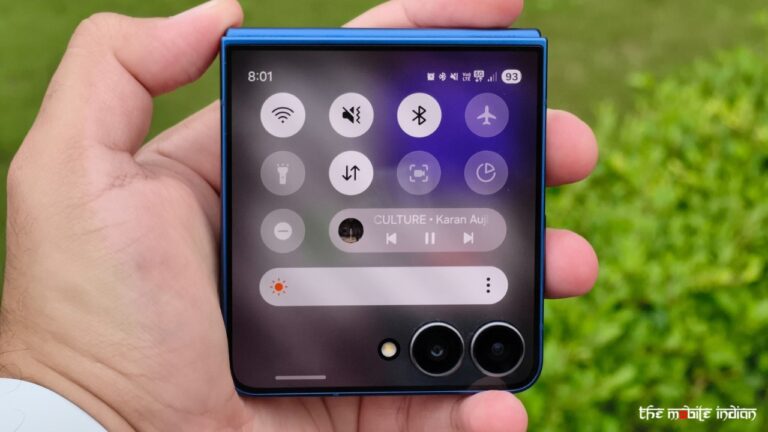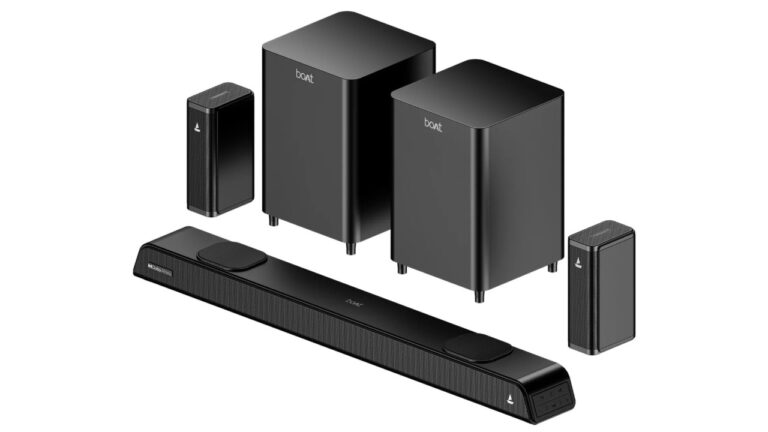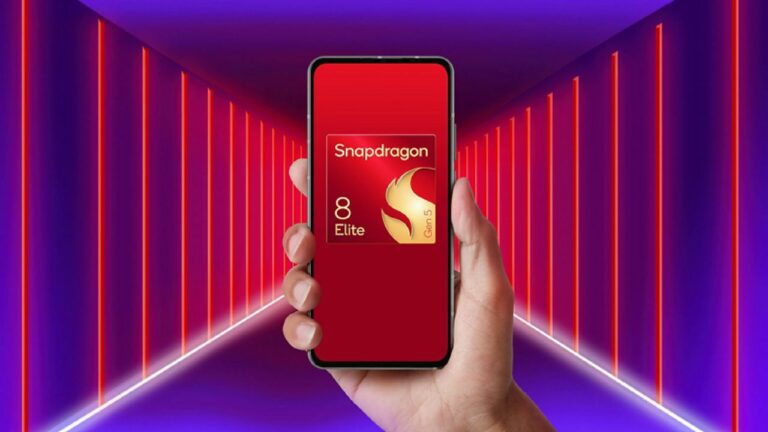Apple is now rolling out the stable versions of iOS 26, iPadOS 26, macOS Tahoe, tvOS 26, watchOS 26 and visionOS 26 for eligible devices, a week after it launched the new iPhones and Apple Watches. The new software updates bring Apple’s new liquid glass design alongside other useful and convenient features. Here’s everything to know about the updates.
New Apple Intelligence Features
With Live Translation across Messages, FaceTime, Phone, and even AirPods, users can chat seamlessly with people speaking different languages. Visual intelligence updates let users take a screenshot and ask ChatGPT about what they’re seeing—whether it’s to learn more or to search for similar images and products on apps like Google or Etsy. You can also create a Genmoji by blending multiple emojis or explore new image styles with ChatGPT in the Image Playground.
Fitness gets a boost too. Apple Watch, iPhone, and AirPods now feature Workout Buddy, which delivers personalized, spoken encouragement to help you power through your workouts. Shortcuts can also now integrate directly with Apple Intelligence, making it faster and easier to create workflows.
Apple’s on-device foundation model is open to developers, allowing apps to offer smarter, privacy-first experiences—even offline. For instance, Streaks suggests and organizes tasks in your to-do list, CARROT Weather lets users chat freely about weather updates in its playful style, and Detail: AI Video Editor helps creators generate teleprompter scripts from outlines or text.
Read More: Apple Brings Health and Translation Features to AirPods Pro 3
iOS 26: Features, Supported Models
iOS 26 brings a fresh new look and more ways to personalize your experience. With the new Liquid Glass design, the Lock Screen gets a modern touch—think sleek adaptive time displays and eye-catching 3D spatial scenes. Beyond looks, the update improves core apps like Camera, Photos, Safari, and Phone. To help you stay focused, Call Screening now filters calls from unknown numbers, while Hold Assist keeps you on the line until a live agent is available. Messages also gets smarter—you can screen texts from unknown senders, create polls, and even add fun backgrounds to your chats.
There’s more packed into this update. Apple Music introduces Lyrics Translation and Pronunciation features, making it easier to sing along in different languages. Apple Maps now tracks the places you visit, and Apple Wallet lets you keep an eye on your orders. AirPods get a creative boost too—creators can record high-quality audio and control content capture remotely through the Camera app.
One of the biggest additions is the new Apple Games app, a personalized space to jump back into favorite games, discover new ones, and connect with friends. CarPlay users will also notice a more compact view for incoming calls, Tapbacks in Messages, plus widgets and Live Activities to keep everything at your fingertips.
Supported models for iOS 26, apart from iPhone 17 series which comes pre-installed with the latest software, include:
- iPhone 11
- iPhone 11 Pro
- iPhone 11 Pro Max
- iPhone 12
- iPhone 12 Mini
- iPhone 12 Pro
- iPhone 12 Pro Max
- iPhone 13
- iPhone 13 Mini
- iPhone 13 Pro
- iPhone 13 Pro Max
- iPhone SE (second generation and later)
- iPhone 14
- iPhone 14 Plus
- iPhone 14 Pro
- iPhone 14 Pro Max
- iPhone 15
- iPhone 15 Plus
- iPhone 15 Pro
- iPhone 15 Pro Max
- iPhone 16
- iPhone 16 Plus
- iPhone 16 Pro
- iPhone 16 Pro Max
iPadOS 26: Features, Supported Models
iPadOS 26 is the biggest update iPad has ever seen, bringing powerful productivity features that take what you can do on the device to the next level. The refreshed Liquid Glass design gives iPad a sleek, modern look, while a brand-new windowing system makes it easier than ever to manage, organize, and switch between apps—without losing the simplicity that iPad users love. A new menu bar lets you access app commands with a quick swipe from the top or by moving your cursor up, keeping everything within reach.
The Files app gets a major boost with new ways to organize and personalize your folders, plus you can now access downloads, documents, and more from anywhere thanks to folders in the Dock. iPadOS 26 also introduces the Preview app, offering a dedicated space to view and edit PDFs with tools like Apple Pencil Markup and AutoFill built right in.
Creative professionals get new capabilities too, with Background Tasks, finer control over audio input, and the option to capture high-quality recordings using local capture. And for those who love journaling, the new Journal app lets you easily record daily moments or special events using Apple Pencil or touch, making it simple to document life as it happens. Supported models include:
- iPad Pro models from 2018 and later (3rd generation onwards)
- iPad Air models from 2019 and later (3rd generation onwards)
- iPad models from 2020 and later (8th generation onwards)
- iPad mini models from 2019 and later (5th generation onwards)
macOS Tahoe: Features, Supported Models
macOS Tahoe comes with a fresh look that lets you personalize your Mac like never before, with an updated Control Center and new color options for folders, app icons, and widgets. The menu bar is now completely transparent, giving the display a more spacious and immersive feel.
Spotlight gets its biggest update yet, offering new browsing views for files and apps, smarter search results, and quick actions that let you send emails or create events instantly—all with handy quick keys. Shortcuts are also more powerful, letting you automate complex tasks using intelligent actions and tap into Apple Intelligence models for even greater efficiency.
Continuity makes it easier to stay connected by bringing iPhone’s Phone app features—like Recents, Favorites, and Voicemails—right to your Mac, along with new tools like Call Screening and Hold Assist. Plus, Live Activities from iPhone now show up directly on your Mac. Supported models include:
- MacBook Pro with Apple M-series Chips (2020 and later)
- MacBook Pro (16‑inch, 2019)
- MacBook Pro (13‑inch, 2020, 4 x Thunderbolt 3 ports)
- MacBook Air with Apple M-series Chips (2020 and later)
- iMac (2020 and later)
- Mac mini (2020 and later)
- Mac Studio (2022 and later)
- Mac Pro (2019 and later)
watchOS 26: Features, Supported Models
One of the biggest new features in watchOS 26 is sleep score, which gives users better insights into their sleep quality and offers tips to make it more restorative. Another major addition is FDA-cleared hypertension notifications. Using a machine learning algorithm validated by a large clinical study, Apple Watch can now alert users if signs of chronic high blood pressure are detected, helping them take early action to improve their health and reduce risks.
The watch face gallery has been redesigned, now featuring two new faces—Flow and Exactograph—that bring more style and customization options. The Workout app also gets its biggest update yet, while the new Workout Buddy experience, powered by Apple Intelligence, offers real-time, motivational audio feedback using voice data from Apple Fitness+ trainers.
watchOS 26 also makes everyday tasks easier. Smart Stack hints provide proactive suggestions when you need them most, Live Translation in Messages helps users communicate across languages, and the new wrist flick gesture lets you dismiss notifications, silence alarms, and return to the watch face with one hand. Plus, the Notes app is now available on Apple Watch, making it simple to jot down ideas on the go. Supported models, apart from Watch Series 11 and Watch Ultra 3 which come with watchOS 26 out of the box, include:
- Apple Watch SE (2nd generation)
- Apple Watch Series 6
- Apple Watch Series 7
- Apple Watch Series 8
- Apple Watch Series 9
- Apple Watch Series 10
- Apple Watch Ultra
- Apple Watch Ultra 2
tvOS 26: Features, Supported Models
One of the highlights in tvOS 26 is Sing in Apple Music, which turns sing-along sessions into a full-on experience. You can use your iPhone as a wireless microphone, invite friends to join from their own devices, queue up songs, and even react with onscreen emoji. Real-time lyrics and visual effects bring the performance to life on your TV.
FaceTime also gets an upgrade with Contact Posters, making it easier to start calls and hang out from the comfort of your living room. Plus, updated profiles let users quickly jump back into their personalized playlists, watchlists, and recommendations. Supported models include:
- Apple TV HD (2015) (No Liquid Glass redesign)
- Apple TV 4K (1st generation, 2017)
- Apple TV 4K (2nd generation, 2021)
- Apple TV 4K (3rd generation, 2022)
visionOS 26: Features
Widgets in visionOS 26 now feel like a natural part of your space, appearing every time you put on the headset, while more expressive, lifelike Personas make interactions feel personal and real. Spatial scenes add a new dimension to photos, offering a deeper, more engaging way to relive memories.
Browsing on Safari gets a whole new look with spatial browsing, and developers can now embed 3D objects right into web pages. Sharing Vision Pro experiences with people in the same room has never been easier—you can watch the latest movie together or collaborate on projects with coworkers in real time. Users can even unlock and view their iPhone while wearing Vision Pro, with hand and eye data stored on the iPhone to streamline sharing between devices.
A new interactive environment called Jupiter lets users speed up time to watch the planet’s massive storms swirl across its surface, adding an educational and visually stunning experience. Plus, visionOS 26 supports native playback of 180-degree, 360-degree, and wide field-of-view content from action cameras like Insta360, GoPro, and Canon, letting users enjoy their adventure footage exactly as it was meant to be seen.
visionOS 26 is now available on the Apple Vision Pro.



